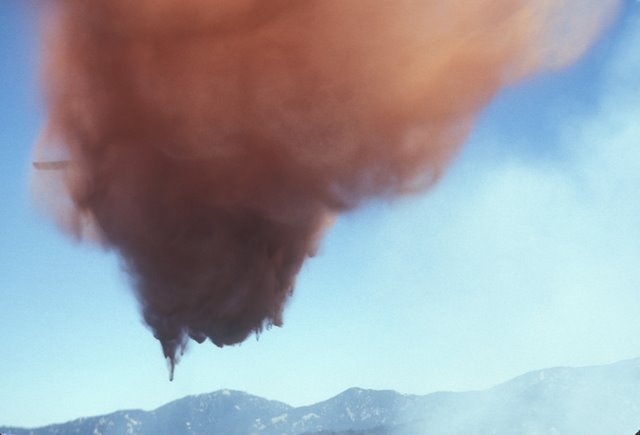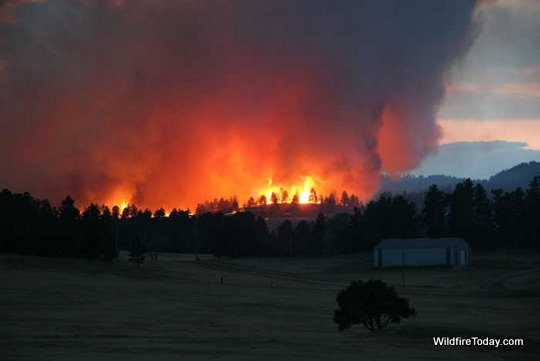
The U. S. Forest Service is accepting public comments on a draft Environmental Impact Statement (DEIS) they just completed on the use of fire retardant. The DEIS was written in response to a July, 2010 decision by U. S. District Court Judge Donald Molloy in a lawsuit filed in 2008 by the Forest Service Employees for Environmental Ethics.
The FSEEE claims that the use of retardant damages aquatic resources and terrestrial ecosystems. In October 2010 the organization stated their opinion on the effectiveness of retardant on fires.
There is no evidence that aerially-applied chemical fire retardant is effective in meeting any wildland firefighting objectives. For example, there are no studies or data that evaluate home losses to wildland fire as a result of etardant use vs. non-use. There are no studies or data that evaluate firefighter injuries or fatalities as a result of retardant use vs. non-use. There are no studies or data that evaluate the proportion of fire retardant drops that actually influence a fire’s ultimate disposition, as opposed to those drops that prove irrelevant to the fire’s fate, e.g., are dropped outside the fire’s final perimeter. Although retardant slows the rate at which fire spreads through some flammable materials in laboratory conditions, that’s a far cry from retardant affecting fire outcomes in the real world of wildland firefighting.
The DEIS is available online for review and comment. The USFS will consider public remarks submitted during the comment period in the development of the final environmental impact statement expected to be completed by Dec. 31, 2011.
The Forest Service will host several community listening sessions:
- May 24, Ocala, Fla.
- May 26, Missoula, MT
- June 7, Santa Barbara, Calif.
- June 9, Wenatchee, Wash.
- June 15, Tucson, Ariz.
- June 16, National Community Listening Session via webinar
More information about the listening sessions, including times and locations.






